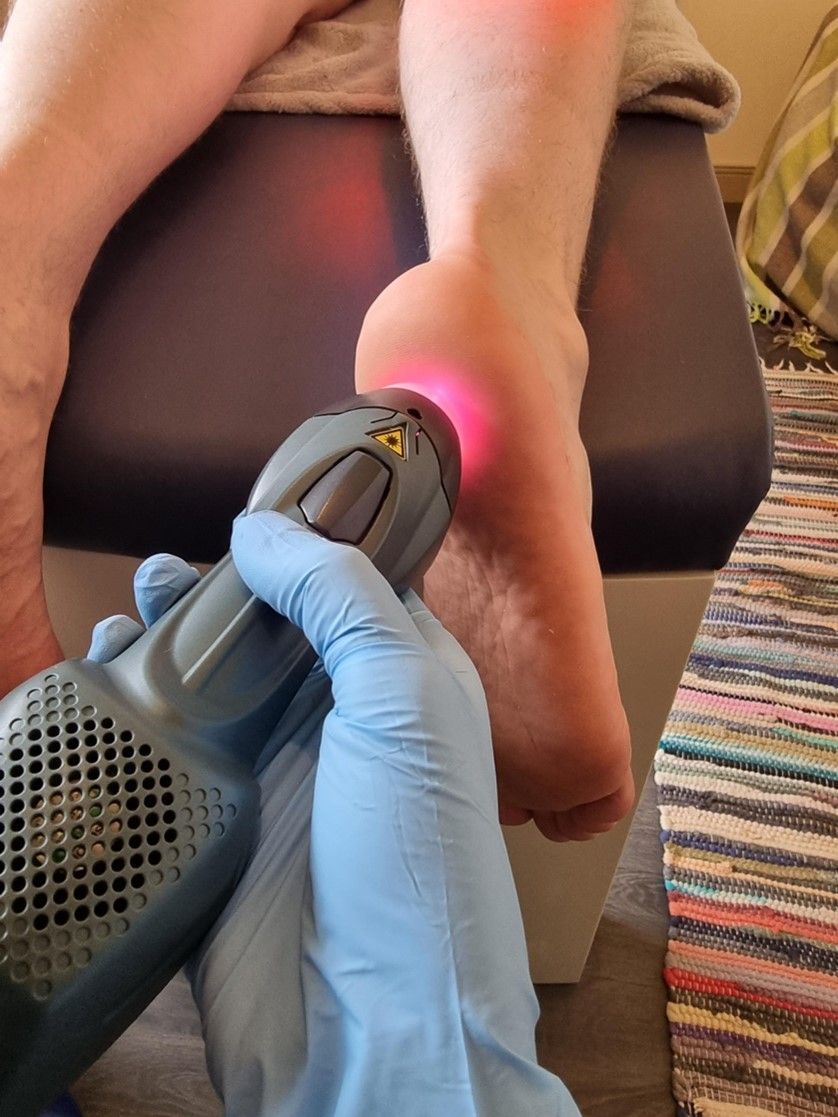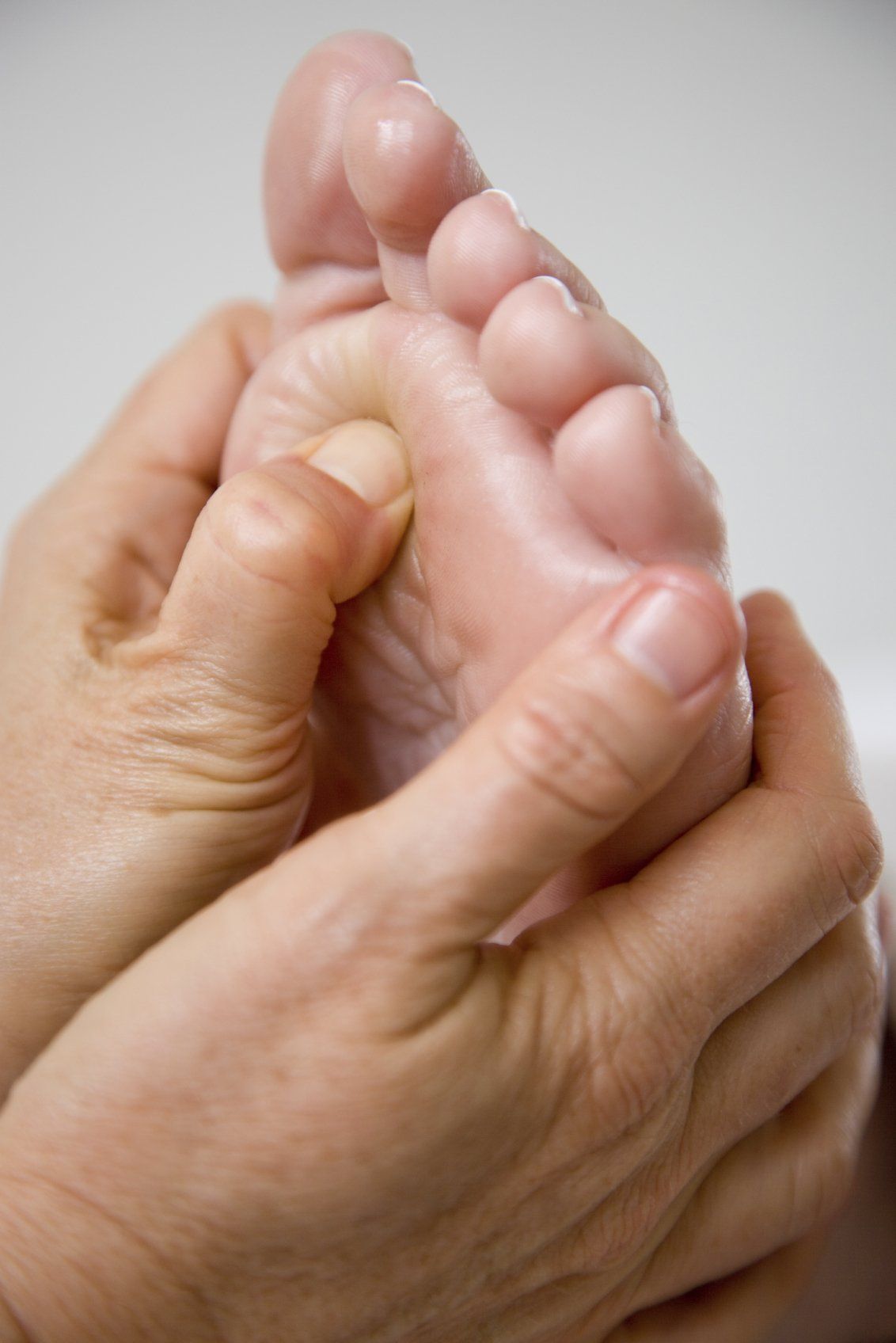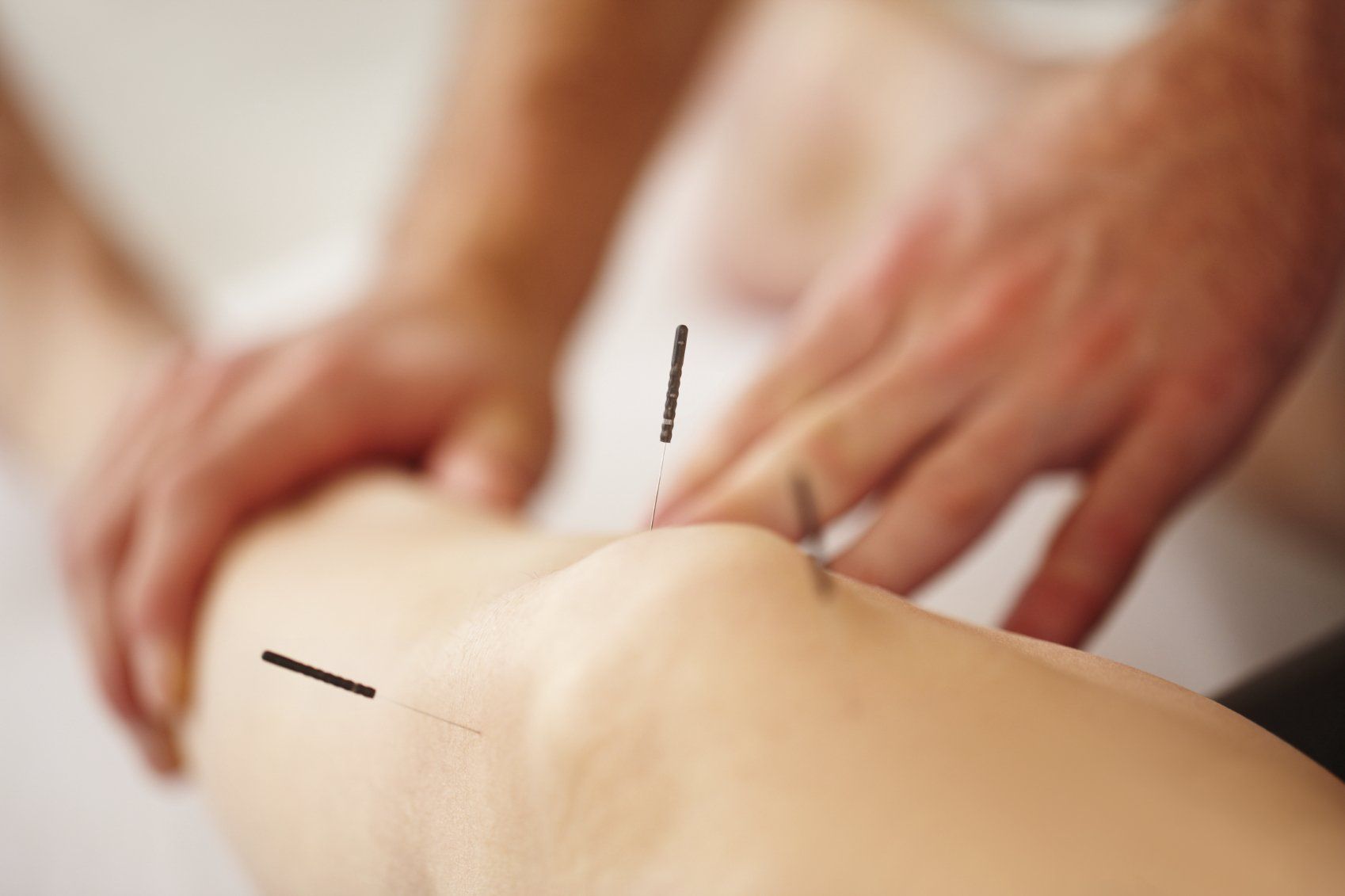Needle away that Verruca
Do you have a stubborn Verruca?

Most of us have suffered an annoying Verruca at some point in our lives! There are many treatment options available (including leave it well alone, it may go of its own accord) One of our most current treatment options is Verruca needling. Here is some more information for anyone who has one of those stubborn verrucae:
What is verruca needling:
A verruca is caused by a virus that inhabits the upper layer of the skin. The skin on the sole of the foot is particularly thick. It is possible that this contributes to the problem that in some people the immune system seems reluctant to deal with a verruca. Verruca needling is a procedure designed to transfer some of the wart virus into deeper layers of tissue with the aim of provoking an immune response.
Needling has been in use here and there since the 1960s but has never been subject to rigorous clinical trials. Recently there has been renewed interest in the technique, particularly to tackle verruca’s that have persisted for years despite the patient having a healthy immune system. There are no established statistics on the success of this technique, but in a recent study 31 of 45 patients (69%) had complete resolution of their verrucae by the 8th week after treatment (J. Clin. Med. 2013, 2, 13-21).
What is the procedure? Will it hurt?
The procedure starts with local anaesthetic injections to numb the foot – two or more injections are likely to be needed, depending on the site of the verruca. This can be a little sore (like having an injection at the dentist) It can take 10-20 minutes to be fully effective and then you should not feel any pain during the procedure. The numbed verruca is then punctured repeatedly with a needle to break it down. A dressing is applied which needs to be kept on for 24 hours. After that you can wash the foot as usual. It will need re-dressing for a few days.
Your foot will be too numb for you to drive safely, so you will need to arrange transport home. The treated area may feel sore and the foot is likely to look and feel bruised. Ideally you should avoid taking anti-inflammatory painkillers as you will benefit from any inflammatory response, which is a natural part of the healing process.
When will I see if it has worked?
It is likely to be at least 3 weeks before you will notice any improvement and you may need to wait 6+ months for complete resolution (if this occurs). Only one or two sites will be treated but if this verruca clears, any others you have may clear at the same time.











